The majority of the apps and devices we use on a daily basis, are wire-free. What about the future of wireless charging? Although wireless charging has been available for some time, its popularity is currently on the rise.
Is wireless charging reliable and secure for your gadgets? Read our guide to find the answers to these and many other questions.
What is wireless charging?
Although the term “wireless charging” may sound quite futuristic, the idea behind it is actually fairly old. In actuality, it all began long ago—specifically, in 1894. Magnetic induction, the basis for today’s wireless charging methods, was developed at that time by Nikola Tesla, the same inventor who provided the inspiration for the technology that underlies the popular brand of electric cars.
Wireless technology has become more popular in recent years across a wide range of industries, especially in the smart tech sector. The primary benefit of wireless is that it removes the requirement for physical connectors such as wires, cables, or other types of connectors when charging a device.
Three methods of wireless charging
1. Magnetic induction
The core of wireless charging technology is magnetic induction, as we already discussed. This type of wireless charging is one of the most popular ones now available and is commonly used to power smart tech products.
Magnetic induction technology, which enables wireless charging, is far simpler than you may imagine. Simply said, when a device with a wireless receiver coil placed on a charging pad with a transmitter coil, the device’s battery can block the magnetic field produced by the charging station and, as a result, can charge.
2. Resonant wireless technology
Today, wireless charging is enabled by more than just magnetic induction. The creation and transfer of power between a receiver and a transmitter coil that function at the same resonant frequency has become more modern and complex.
This approach uses low-frequency ranges of 60-300 kHz or a higher frequency of 6.78 MHz. This translates into the ability to create and transfer electricity between coils at considerably greater distances—roughly tens of centimeters apart from one another.
3. RF wireless technology
Radio frequency, or RF, is the third method of wireless charging. RF chargers generate radio frequencies and electromagnetic fields in addition to producing an electromagnetic field. By doing this, they transmit energy via radio frequency waves to the charging device, converting that energy into electricity that then powers the device.
By extending the distance between a gadget and its charger, RF charging makes it possible to charge numerous devices simultaneously. Although some preliminary testing has been successful, this intriguing technology has not yet deployed on a commercial scale.
For instance, it has shown that RF charging may simultaneously charge many cell phones up to 15 feet away from the charger. Although it may seem incredibly remarkable, the transmission of higher-frequency waves has certain possible health risks.
Benefits of wireless charging
Many experts claim that wireless charger has a variety of benefits. For example, compared to conventional charging systems, this smarter solution is safer and more environmentally friendly. Discover the key benefits of wireless technology by reading on.
1. More Convenient
It is much simpler to charge a gadget while on the go without the use of wires or connections. By making sure your devices are constantly fully charged and prepared for usage, you will be able to interact with consumers much more effectively, improving their experience and happiness.
2. Clutter-Free
Sometimes all you need for maximum attention and productivity when developing a product is a clear head and a tidy, well-organized workspace. With no cables to see, a wireless charging system gets rid of the mess that would often be on your desk and frees you up to focus on the task at hand.
3. Available in Public Areas
Do you require your device to charged while you are out and about? No problem, wireless charging enables you to do that as it becomes more popular in public areas.
4. More Durable
Since you purchased your smartphone, how many traditional, wired chargers have you changed? They can often be too numerous to count because traditional chargers degrade much more quickly and easily than wireless chargers.
5. Universal Capabilities
Currently, in order to charge many devices simultaneously, you also need a number of different cords and connectors. If you use wireless charger, this completely changes. With this technology, you can charge several devices simultaneously; if the wireless charger pad is large enough, it will have the capacity to support this.
If you wanted, for instance, to get one device fully charged for your upcoming meeting, another one ready to answer emails, and a third one up and running to watch this evening’s football game, then something like this would work a treat.
Wireless charging in the future?
The future of wireless charging technology looks promising, as advancements continue to be made in the field. Here are some key areas where we can expect to see further development in the coming years:
- Speed and Efficiency: Currently, wireless charging is not as fast as traditional charging methods. However, researchers are working on ways to increase the speed and efficiency to make it a more practical solution for everyday use.
- Distance Charging: One of the biggest limitations of wireless charging technology is the close proximity required between the charging pad and the device charged. Researchers are working on developing methods for long-range charging, where devices can charged from a distance.
- Integration with Smart Homes: With the growing trend of smart homes, we can expect to see technology integrated into household appliances and furniture. This will allow for easy and convenient charging of multiple devices in one location.
- Automotive Applications: Technology is already used in some vehicles, but we can expect to see further advancements in this area in the future. This will allow for the easy and convenient charging of devices while on the road.
- Increased Compatibility: Currently, wireless charging limited to a few specific types of devices. However, as the technology continues to evolve, we can expect to see increased compatibility with a wider range of devices.
Conclusion
Despite based on technology that was developed more than a century ago, wireless charging systems are growing in popularity. In this article, we discuss further details about what wireless charging is, how it operates, and its benefits.
The future of wireless technology is likely to characterized by increased efficiency, wider adoption, integration with other technologies, expansion of charging standards, and the development of new solutions for wearable devices.
Will you give wireless technology a try for your personal or work devices? We hope that we have provided you with enough information to enable you to decide wisely!
If you want to learn more about QROV, visit getqrov.com and look at the solutions.


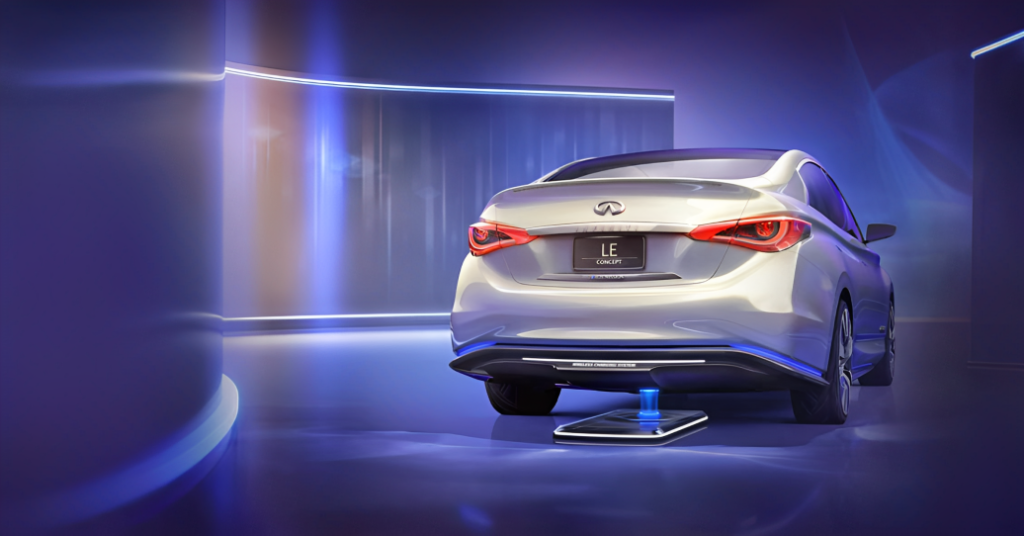
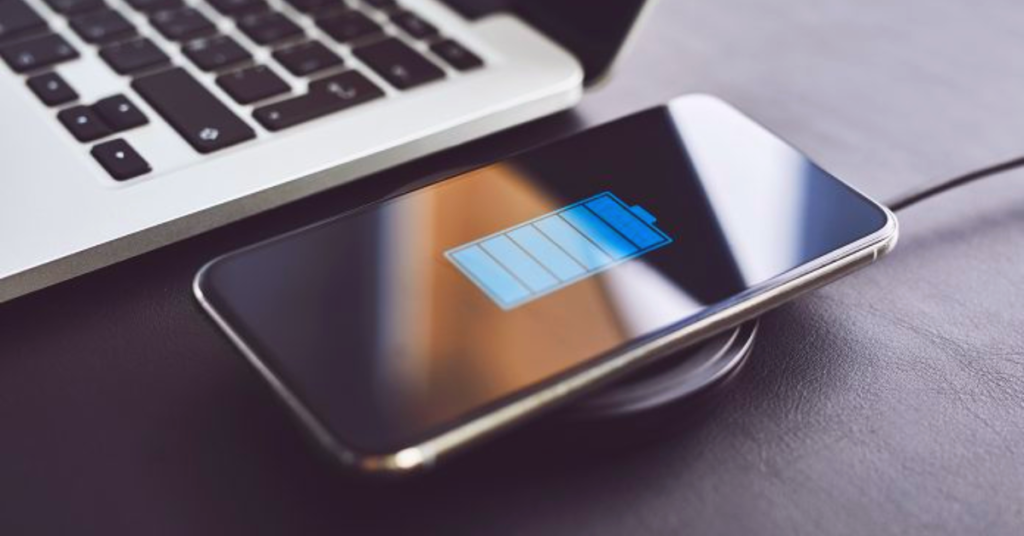

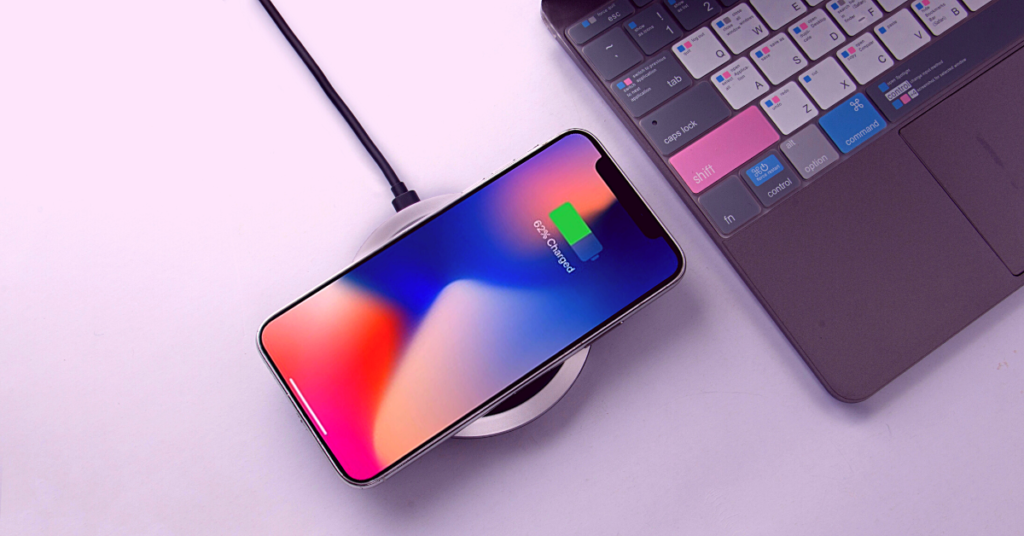
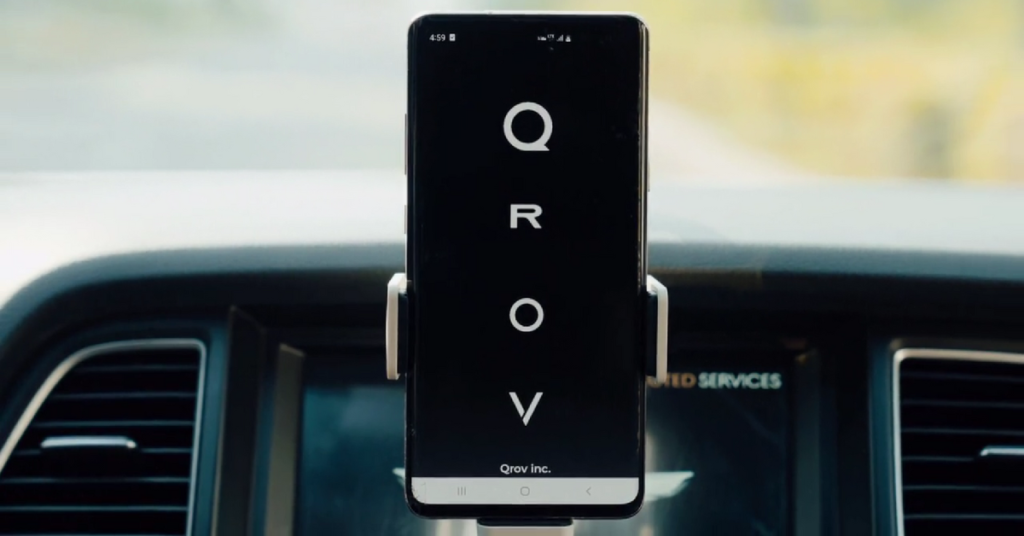

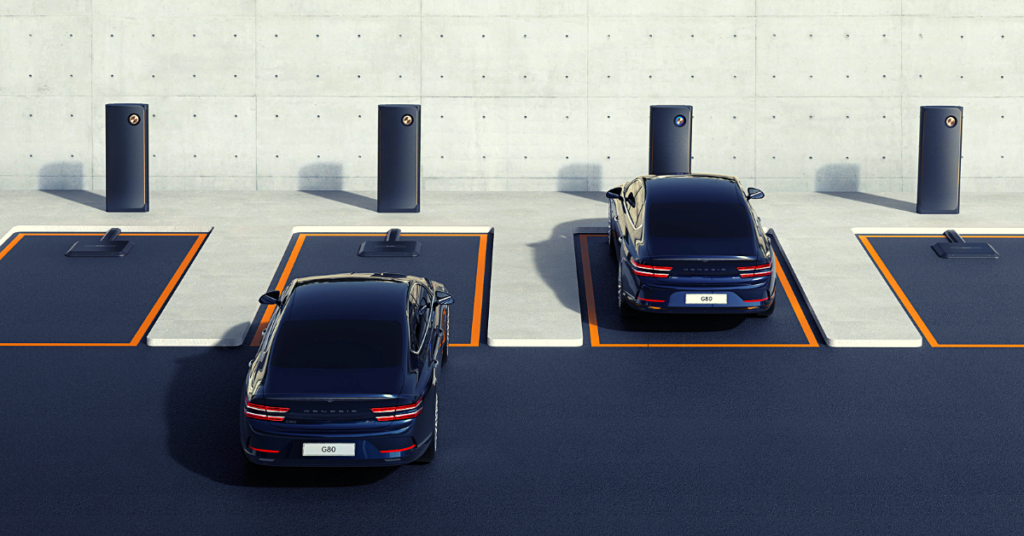
One thought on “The Future of Wireless Charging And Their Benefits”
Comments are closed.